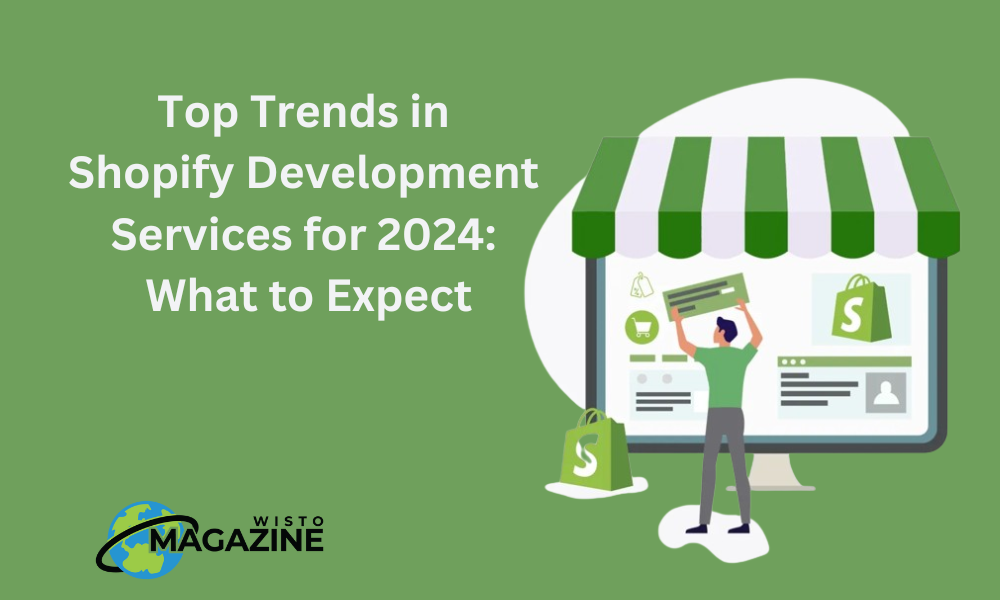As we approach 2024, the e-commerce landscape is evolving rapidly, with Shopify remaining at the forefront of this transformation. Businesses leveraging Shopify for their online stores must stay abreast of the latest trends in Shopify development services. This article explores the most anticipated trends in Shopify development for 2024, offering valuable insights for retailers looking to stay competitive and enhance their online presence.
Enhanced AI and Machine Learning Integration
Artificial Intelligence (AI) and Machine Learning (ML) are set to revolutionize Shopify development in 2024. These technologies will offer more personalized shopping experiences through improved product recommendations, smarter search functionality, and automated customer service via chatbots. AI-driven analytics will also empower store owners with deeper insights into customer behavior and preferences, enabling more targeted marketing strategies.
Progressive Web Apps (PWAs) for Improved User Experience
Progressive Web Apps (PWAs) are expected to gain more traction in Shopify development. PWAs offer the benefits of a mobile app with the accessibility of a web page, providing a seamless, app-like experience to users. This integration enhances load times, offline usability, and mobile friendliness, all crucial factors in retaining customer engagement and boosting conversion rates.
Augmented Reality (AR) for Enhanced Product Visualization
Augmented Reality (AR) is transforming the online shopping experience by allowing customers to visualize products in their environment before making a purchase. In 2024, we anticipate a surge in Shopify stores integrating AR to provide more interactive and engaging product demonstrations, thereby reducing the uncertainty associated with online shopping and potentially decreasing return rates.
Sustainability and Eco-Friendly Features
Sustainability is a growing concern among consumers, and Shopify developers are responding by incorporating eco-friendly features into online stores. This includes the development of carbon-neutral shopping options, integration of sustainable goods, and features that highlight a brand’s commitment to environmental responsibility. Such initiatives not only resonate with the values of modern consumers but also promote a positive brand image.
Voice Commerce Integration
As voice-assisted devices become more prevalent, voice commerce is emerging as a significant trend. Shopify stores that integrate voice search capabilities will offer a more accessible and convenient shopping experience. This technology allows customers to search for products, read reviews, and make purchases using voice commands, catering to the growing demand for hands-free and efficient shopping experiences.
Headless Commerce for Customized Experiences
Headless commerce, where the front end and back end of a web store are decoupled, is gaining popularity. This approach offers greater flexibility in designing unique and dynamic user experiences. In 2024, more Shopify stores will adopt this architecture to create highly customized shopping experiences that stand out in a crowded online marketplace.
Subscription-Based Models and Services
The subscription model continues to be a key trend in e-commerce. Shopify developers are increasingly building platforms that support subscription-based services, allowing businesses to offer products or services on a recurring basis. This model fosters customer loyalty and provides a steady revenue stream for businesses.
Conclusion
The landscape of Shopify development in 2024 is marked by innovations aimed at enhancing user experience, personalization, and sustainability. By staying ahead of these trends, businesses can ensure that their Shopify stores remain competitive and appealing to the ever-evolving preferences of online shoppers. As technology continues to advance, the potential for creative and effective e-commerce solutions on Shopify seems limitless.

